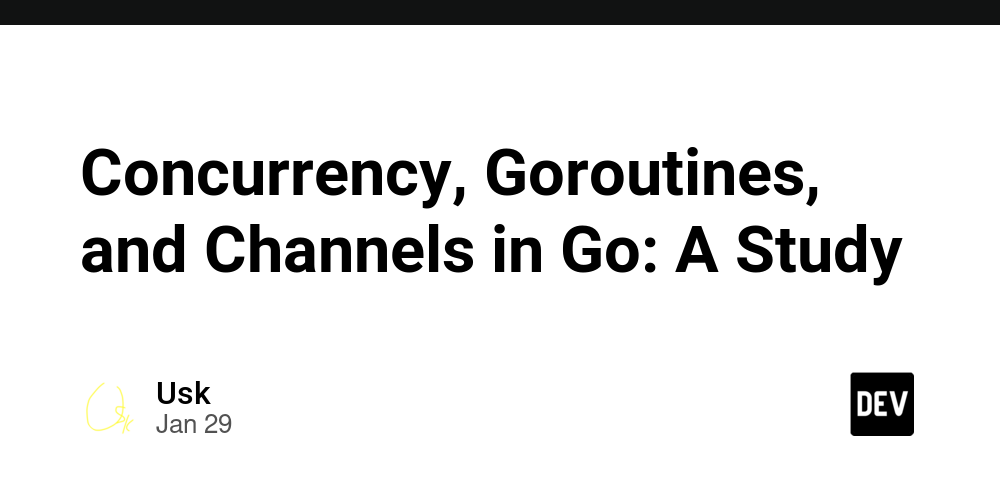Concurrency, Goroutines, and Channels in Go: A Study
Abstract
This article explores the fundamental concepts of concurrency in Go, focusing on Goroutines and Channels.
- Concurrency: The ability to handle multiple tasks in overlapping time periods. It does not imply that tasks are executed simultaneously, but rather that they are managed in a way that allows progress on multiple tasks within a given timeframe.
-
Goroutine: The smallest unit of execution in Go, enabling concurrent operations. Goroutines are lightweight threads managed by the Go runtime and can be created using the
gokeyword. -
Channel: A conduit for communication and synchronization between Goroutines. Channels allow Goroutines to send and receive values of a specified type.
-
Send: Sending a value to a channel using the syntax
ch <- value. -
Receive: Receiving a value from a channel using the syntax
value := <-ch.
-
Send: Sending a value to a channel using the syntax
Implementing a Simple Example Similar to Docker Pull
package main
import (
"fmt"
"math/rand"
"os"
"strconv"
"sync"
"time"
)
func main()
// printProgress is a function that displays the progress of each indicator
// Prevent concurrent access to progress data using a mutex
func printProgress(progress []int, mu *sync.Mutex)
mu.Lock()
defer mu.Unlock()
// Clear the screen using ANSI escape sequences
// \033[H : Move the cursor to the home position
// \033[2J : Clear the screen
fmt.Print("\033[H\033[2J")
for i, p := range progress
// Set the total width of the progress bar to 50 characters
width := 50
// Number of "*" characters based on progress percentage
stars := p * width / 100
spaces := width - stars
fmt.Printf("%d.[%s%s] %d%%\n", i+1, repeat("*", stars), repeat(" ", spaces), p)
// repeat: Returns concatenated string by repeating string "s" "count" times
func repeat(s string, count int) string
result := ""
for i := 0; i < count; i++
result += s
return result
The program functions as follows:
What I Learned
-
Using Goroutines with the
goKeyword: Thegokeyword allows the creation of goroutines, enabling concurrent execution of functions. - Concurrency with Goroutines: Goroutines facilitate concurrent processing, as demonstrated by managing the progress of multiple indicators simultaneously in this example.
Questions and Future Investigations
-
WaitGroup:
- Understanding that
wg.Addincrements the counter andwg.Donedecrements it, andwg.Waitblocks until the counter reaches zero. - Investigate additional functionalities and use cases of
WaitGroup.
- Understanding that
-
Mutex:
- Understanding that mutexes prevent race conditions by ensuring exclusive access to shared resources during updates.
- Curious about the specific issues that arise when mutexes are not used, such as inconsistent variable states.
- Interested in intentionally creating race conditions to observe and understand their effects.
-
Testing Methods:
- Learned about the
go test -raceflag for detecting race conditions. - Plan to explore this testing method further to ensure code safety and reliability.
- Learned about the

